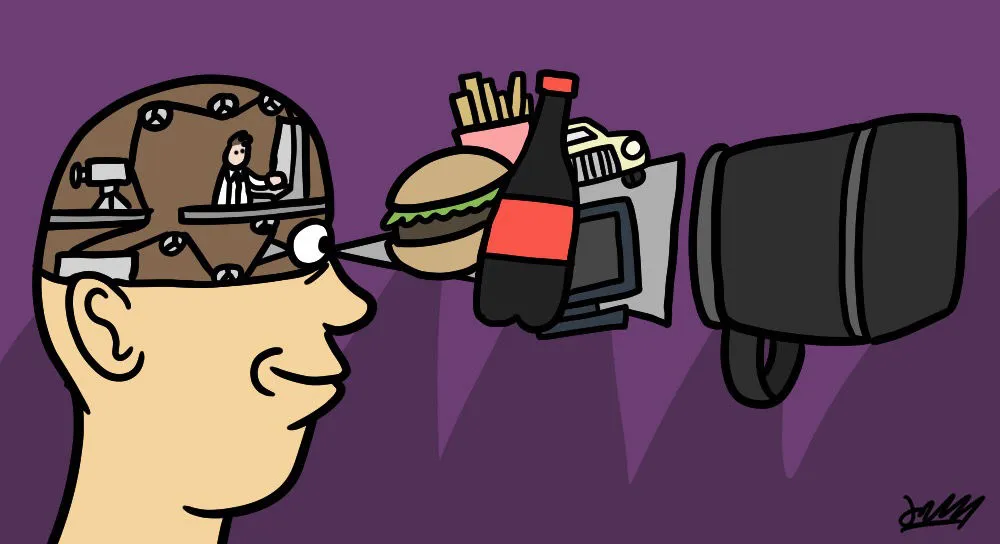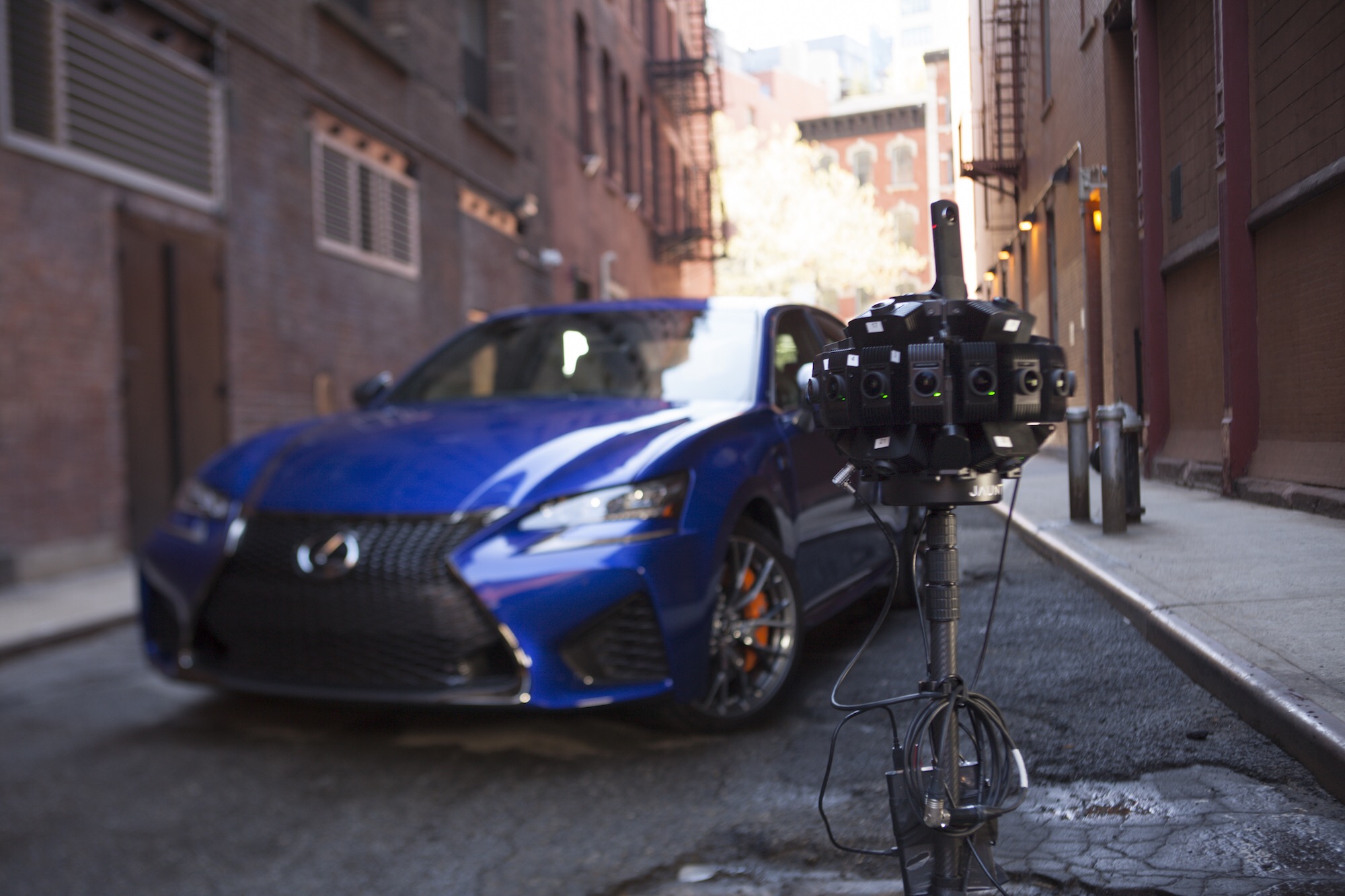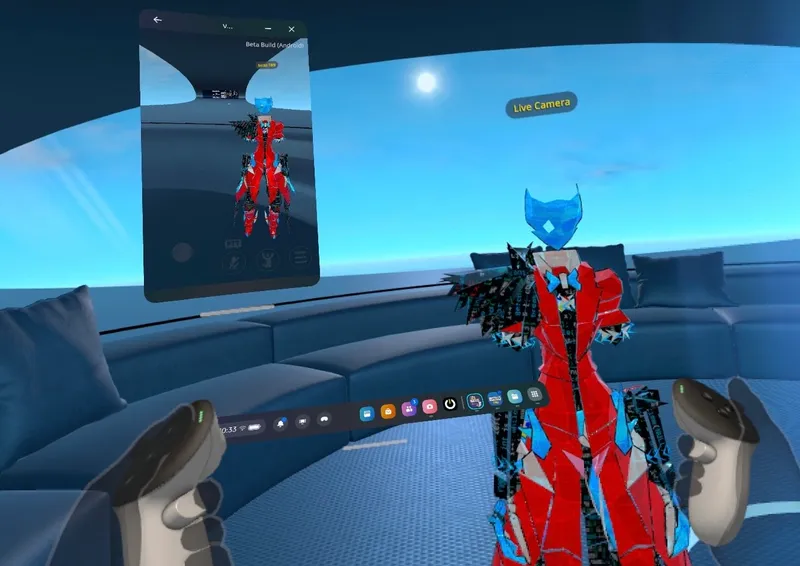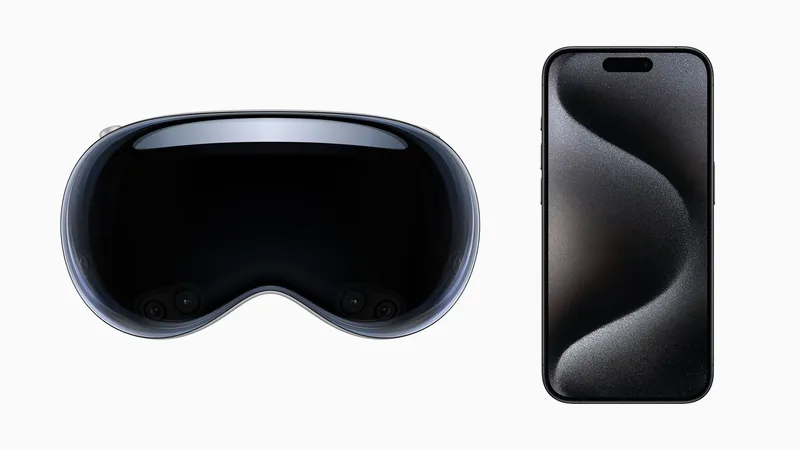Virtual Reality represents the biggest brand building opportunity in the history of marketing. Brands have long formed symbiotic relationships with emerging media technologies like print, radio, TV and social. Together, they bring the ‘new’ to the mainstream and help each other through the awkward early days. VR will soon combine the emotional impact of a local experience with the global audience of a YouTube video. This new medium will allow for a brand-to-brain connection, providing direct access to consumers’ hearts and minds.
Today, VR experiences are expensive, the views are low, and the medium is discovering itself creatively. Press buzz and optics keep innovative brands focused on a goal beyond view counts and typical return on investment. These brands, and their agencies, are laying the foundation for what’s soon to come.
Brand Buzz
Jaunt, the VR juggernaut with over $100m in venture financing, is responsible for one of the most well-known branded VR projects. For Invisible, directed by Hollywood A-Lister Doug Liman and sponsored by Lexus, Jaunt had a sizable budget, an internal mandate to create great content, and no need for a brand partner. From those conditions a true creative partnership was formed with Lexus.
Tom Vance, head of content for Jaunt, noted that “a KPI (key performance indicator) wasn’t driving the conversation, it was creative first.” The Jaunt series included both Lexus’ integration in episodes and a custom VR ad at the end of each episode. According to Vance, the Lexus Invisible integration was a “proof case for the viability of the commercial applications for VR.”
Early adopting brands like Lexus will not only benefit from the short term VR press buzz, but they will also create an early connection with a new audience. Data from KCPB shows that ad spend on a new medium ramps faster than the medium prior. That means VR is going to achieve critical mass – becoming more competitive and more expensive – faster than social or mobile did. Being there early means capturing an audience enamored with the medium and likely to listen to the message.
The Audience
Virtual Sky, one of the first VR ad Networks, is already seeing a highly attuned audience. According to Justin Montgomery, VP of Marketing, Virtual Sky sees ad completion rates from 30-50% for their custom built 360 VR ads. That dwarfs their typical 2-4% rates seen on traditional mobile video ads. Even more compelling for brands, Virtual Sky tracks viewers’ eyes. Aggregate head movements generate a heat map which lets brands see where an audience is looking during an ad. As AI, personalization, eye tracking, and procedurally generated stories roll out, expect ads to be so targeted and compelling that you won’t want to look away.
The Future
To create experiences consumers love watching, branded VR will need to evolve beyond the current state of 360 video. Success requires depth, intimacy and full embodiment.
Layne Braunstein is co-founder and CCO of Fake Love, an experiential marketing agency recently acquired by the New York Times. Fake Love is responsible for many of the award winning, highly emotional experiences like Coke Project Re: brief and 7UP’s Concert for the Deaf that get lots of press, but few directly experience. For Braunstein, the true potential of branded VR is fully immersive and interactive, where “VR is a world building machine.”
Braunstein envisions taking the emotion of a big budget event which “…can be flipped to be virtual. Now it’s a global activation.” Localized emotion at a global scale is the white whale of every brand marketer. As anyone with an older sibling can attest, there’s a big difference between watching and playing, and that’s the difference between 360 VR and fully interactive VR. Letting everyone play is how branded virtual reality will change the marketing world.
Like the early days of the Internet, today’s VR pioneers have utopic desires. Brands and agencies acknowledge the great power and responsibility they wield with such intimate access to core human emotion. Soon VR optimism will normalize. Full immersion will be the expectation. To our brains, the line between real and virtual will vanish.
Your every want, desire, preference and prejudice will be used to personalize your VR experiences. These experiences will manifest in ways that connect to you emotionally like true love, physically like jumping from the edge of the stratosphere, and psychologically like the dopamine hit from your drug of choice (which it will know, of course). These won’t be 1984 nightmares. Instead, they could be modern art of the Brave New World variety, designed to get you to think “purchase” along with a neuro-password to confirm your order, delivered in 10 minutes or less via drone.
Maybe that’s scary. Or maybe it’s exactly what we’ve always wanted.
Nick Robinson, former Chief Marketing Officer of Quest Nutrition, is the co-founder of VR Studio RLTY CHK. Follow him on Twitter and Instagram. Featured illustration The Brand to Brain Connection by Sebastian Hardy.



























